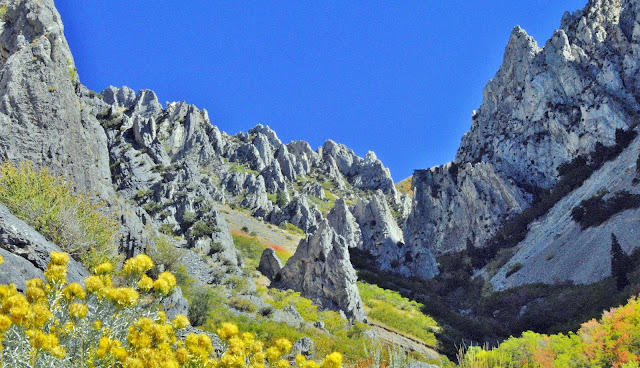OOPS…I FORGOT A MATTER OF LIFE and DEATH….More SPRING and KSL PODCASTS
Note: Further along where I mention the matter of “life and death” I’ll insert a link our friend Dean Michell from the Division of Wildlife Resources sent to give us more information on this important subject of “Rattlesnakes”
Dean Mitchell from the DWR sent the following:
Hi Cordell,
Dean Mitchell
Conservation Outreach Section Chief
——————————————
Utah Division of Wildlife Resources
1594 West North Temple
Suite 2110, Box 146301
Salt Lake City, Utah 84114-6301
——————————————
Office: (801) 538-4816
Fax: (801) 538-4709
deanmitchell@utah.gov
http://www.wildlife.utah.gov
A handful of our “High Uintas Friends” make important contributions and repeat them several times each year.
First COMEBACK EFFORTS WITH TITANIUM HIP–SPRING in the Wasatch Foothills
A NEW LIFE–TO ACCOMPLISH GOALS!
Previous to that:
SURPRISE…A NEW GLITCH! A New Surgery Monday–April
A million thanks to Drs. RICHEY, JACKSON, and COLLEDGE and all the medical personnel that helped make this miracle happen.
MY “CABIN” IN THE FOOTHILLS–soon to be in the High Uintas
VESTIGES OF 2012
Brilliant green creeping up the mountains–GRAB YOUR KIDS AND GO HIKING.
Seemingly a bit scarce and drab still–but all of a sudden a stunningly green tree appears.
Then look down amidst the developing green at our feet and look for the miniscule.  You’re wrong! There are flowers there, I promise you. See below.
You’re wrong! There are flowers there, I promise you. See below.
Take along a magnifying glass for the tiny but beautiful little flowers an 1/8th of an inch small.
Help your kids focus on the small incredible beauty most never see. I do my best to zoom in for you.
Many plants are just sprouting. Look for them and their beautiful textures and keep them in mind for your next hike to see how they develop.
Help your kids look down into the heart of the plants and see what it is sprouting, and what it might become by the next time you go hiking.
What will this become? You will likely be surprised how incredibly beautiful it will be. Have them notice the spines–have them be careful with some.

What will this one develop into? Will it have a flower? Make sure and folllow the same trail in a week or so, and later through the summer.
Likely the most common plant of the foothills is what we call “scrub oak,” the real name being “Gambles Oak.” The leaves are beginning to sprout. Notice the orange growths on the rough bark. What is that?
It is one of the most prolific and fascinating life forms in the outdoors, what we call Lichens–at the end of our hike I’ll show them on all the rocks and tell you a bit about them. Hey, you parents, Google the word and tell your kids about this incredible life form. I’ll mention just a bit at the end.
Is the wood good for anything except firewood? After I show the beautiful leaves, I’ll show you a thing or two I do with it.
Did you ever imagine scrub oak leaves could be so beautiful? How will they look in the Fall? Make sure and go on another hike or two then. Now to one beautiful creation I make with Gambles Oak.
Have you ever seen a more beautiful natural, rustic frame? Yes, it’s made from humble scrub oak. A secret: The corners are the tricky part. They don’t have to be square or rectangular as you can see below framing a beautiful Native cutthroat trout from East Red Castle lake .
SPURGE is considered a noxious weed that is spreading along the Wasatch Front. Among many it causes a very serious allergic reaction, so DON’T TOUCH IT! Google it to learn more.
But, there’s no denying that it is beautiful and get’s even better on zooming in.
Probably the most common seen from the outskirts of town.
Brilliant orange catches our eye. What’s it’s name? Maybe a good project would be to take along the Audubon Wildflower Fieldbook and learn the names.
We haven’t got very far up the hill and already seen so much. I confess that I stop so often, especially on my first hike in an area, that I don’t really cover very much distance.
This beautiful flower is everywhere in the early season.
It gets more beautiful the closer you get. How long will it last?
Small, but with beautiful color.
Here’s the same flower in a different, and earlier stage of development.
This is another early season flower that doesn’t last very long.
As is the case with many of these flowers, they can also be seen all around the cities. I’ve seen one home lot with this flower as thick as dandelions. I’ll get a shot of it and insert tomorrow.
This plant doesn’t seem to have what we can call a flower, but just wait…..
Keep an eye on it as the season progresses, and you will see bursting out of each bud a profusion of what is likely the smallest of the wildflowers.
This is one of the Utah varieties of vetch. Next you will see it in another color.
Sorry about the sun-spot. Look past that and see this shrub’s beautiful blossoms.
Get closer–zoom in.
Now to what might be the most fascinating life form of our hills and mountains:
LICHENS. Of course you should have also been helping your kids notice the incredible rocks and minerals of the Wasatch. For more on that see my COMEBACK YouTube Video #15, and use the 70 rocks and minerals shown there to also help your kids appreciate the wonders of our hills and mountains.
The splotches on these rocks, everywhere from dull unattractive ones to brilliant orange and yellows are LICHENS.
Very slowly these living organisms help break down our rocks–don’t stand around and try and notice the changes, unless you plan on being a few million years old!
There are many thousands of varieties of lichens from our deserts, foothills and right up to Kings Peak.
It is a partnership form of life in which a fungus combines or cooperates with an algae, or visa versa, to make life possible for both. Scientists call it a “symbiotic relationship.” Google it and learn a few details so you can make this fascinating life form literally come alive for your kids.
Ones, like this brilliant orange, and yellow below, were used by the Indians, or to be politically correct, Native Americans, as dyes and paints.
We got a bit of exercise and a big dose of inspiration from the beauties of the great outdoors.
Now back to our little camp and get all of these shots on the computer, and internet to share with all our friends.
Next up we begin getting stronger going up the mountain a bit, and even up the Little Rock Canyon trail–that last Fall I couldn’t manipulate when I was trying “to fake not being a cripple”– to see what unique shots we can get literally surrounded by the Crags of the Wasatch you see below in the Fall.


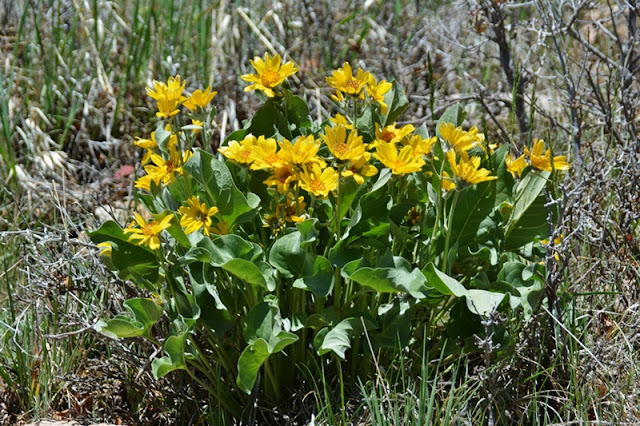.jpg)
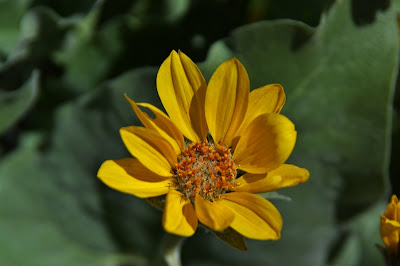.jpg)
.jpg)
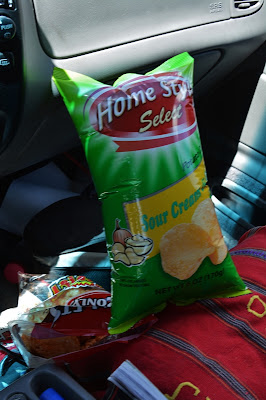.jpg)
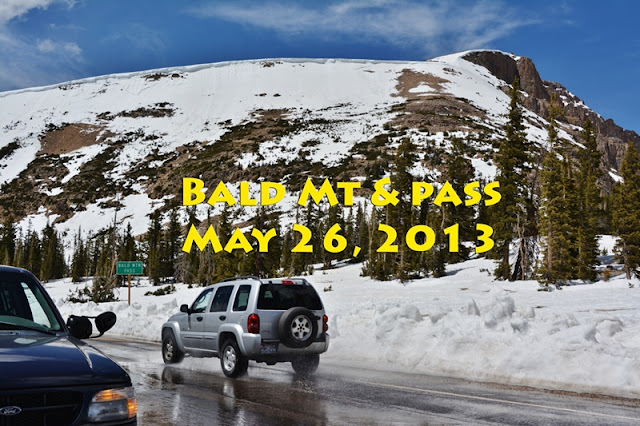.jpg)
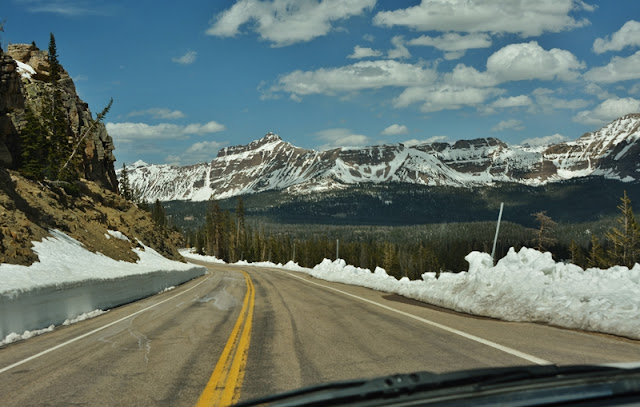.jpg)
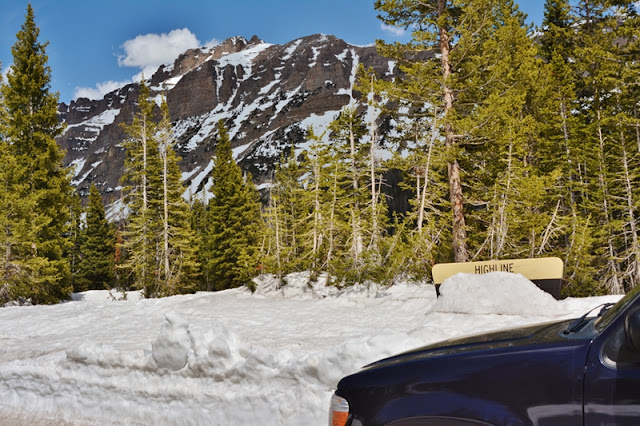.jpg)
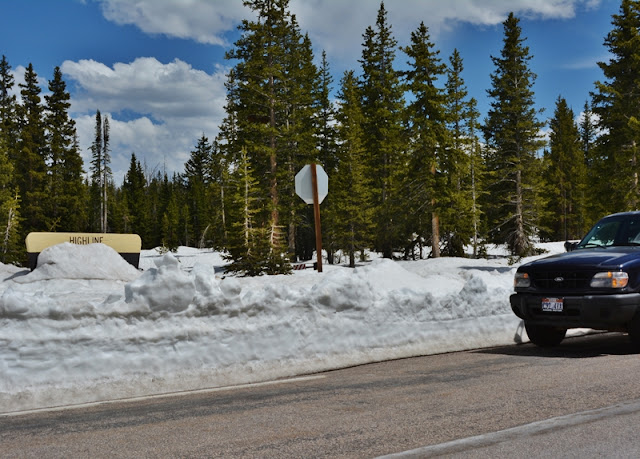.jpg)
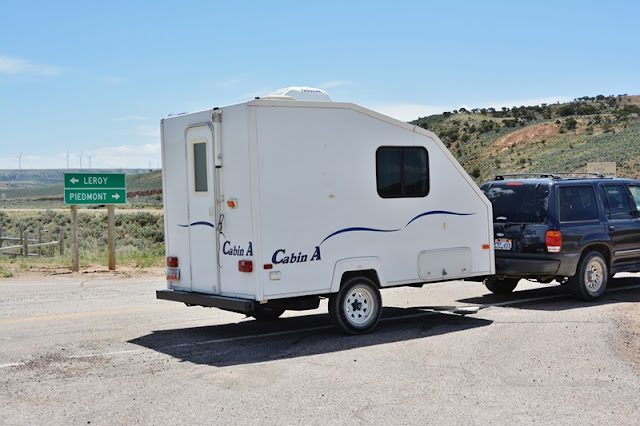.jpg)

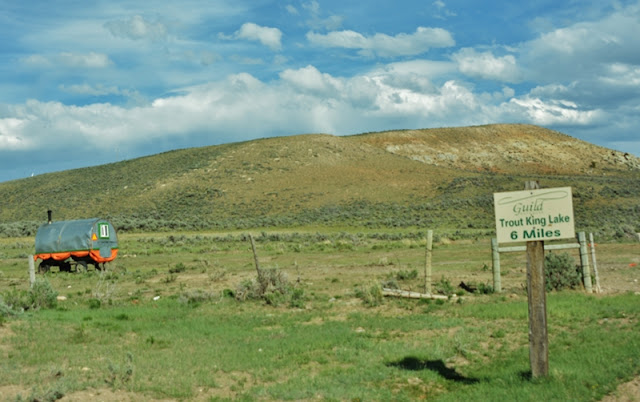.jpg)
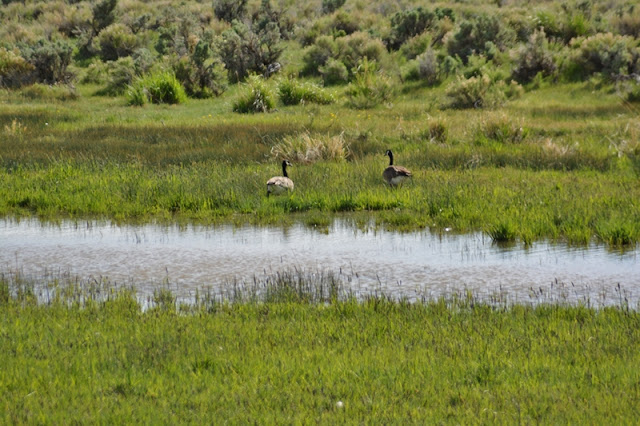.jpg)
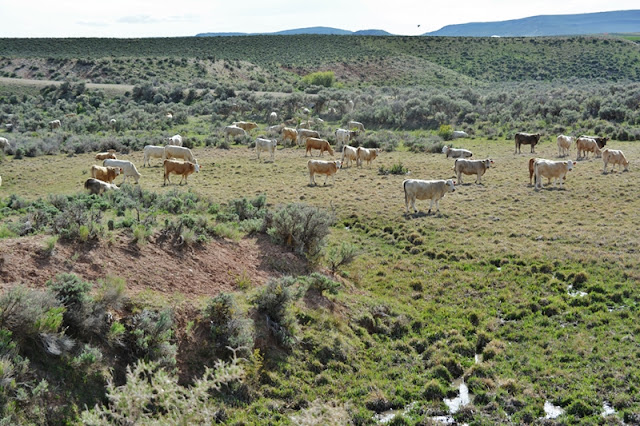.jpg)
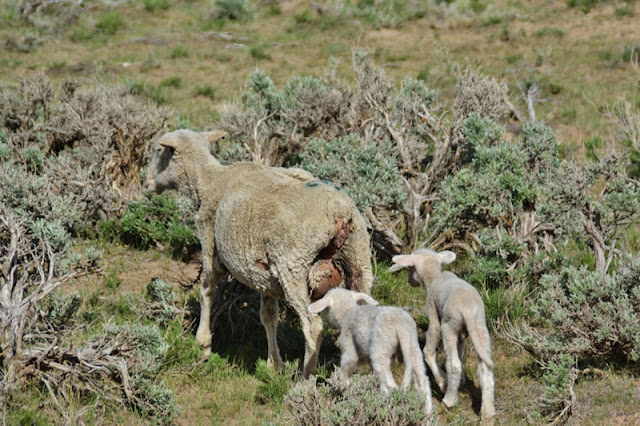.jpg)
.jpg)
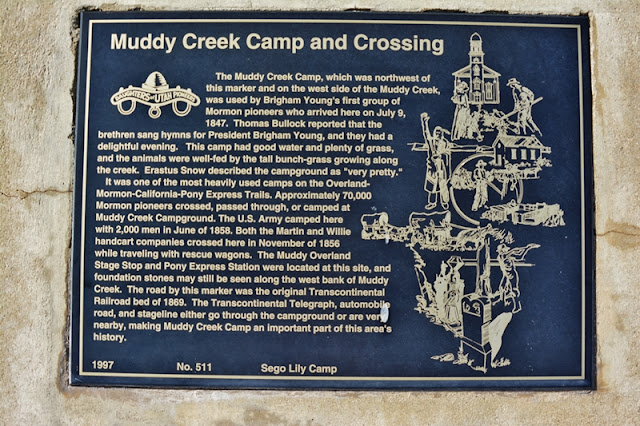.jpg)
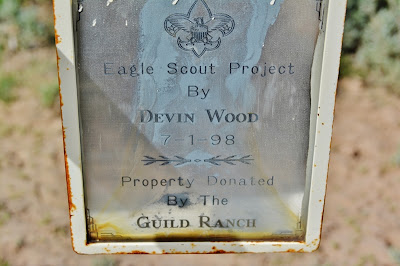.jpg) Guil
Guil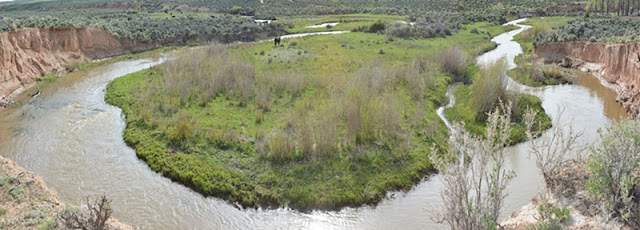.jpg)
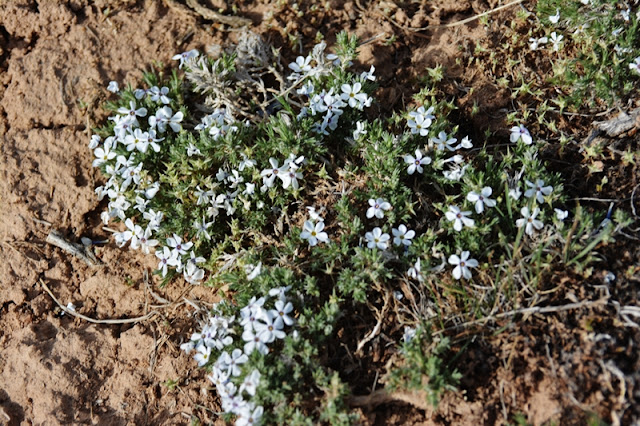.jpg)
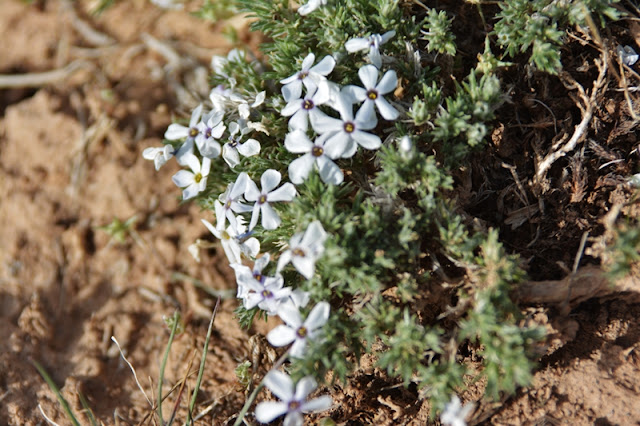.jpg)
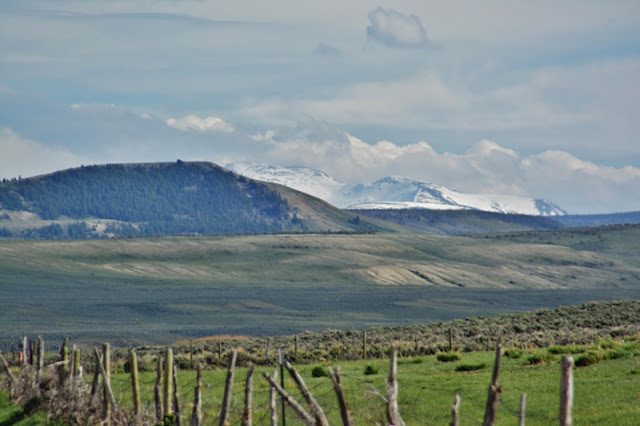.jpg)
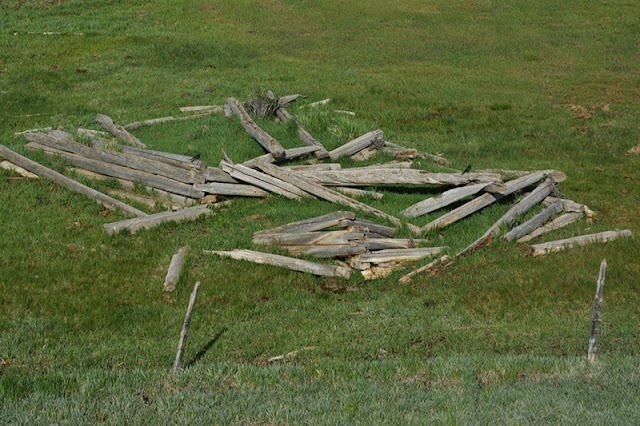.jpg)

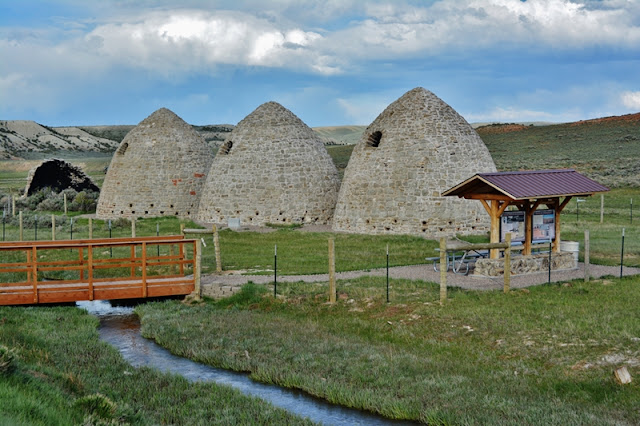.jpg)
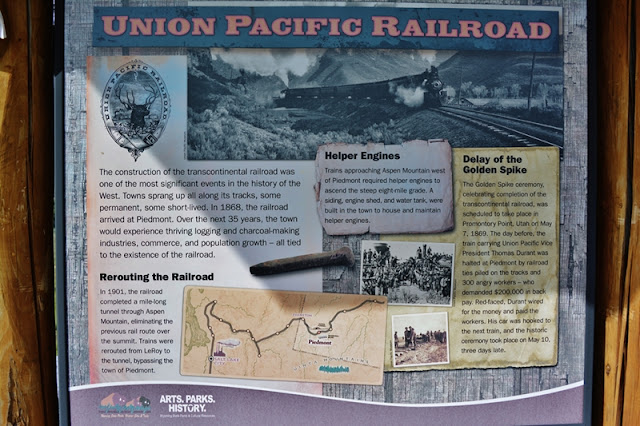.jpg)
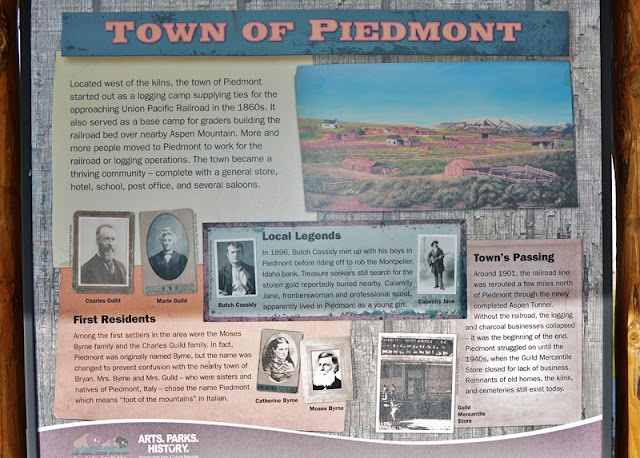.jpg)
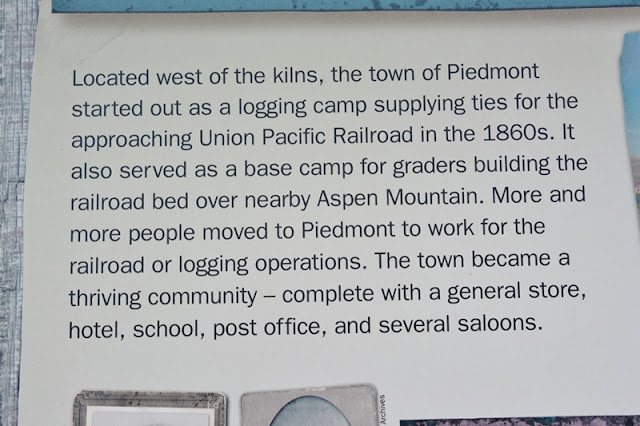.jpg)
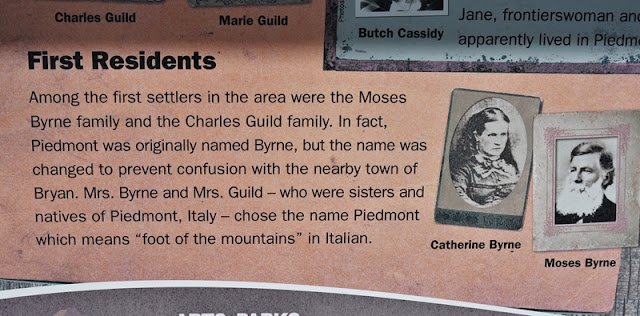.jpg)
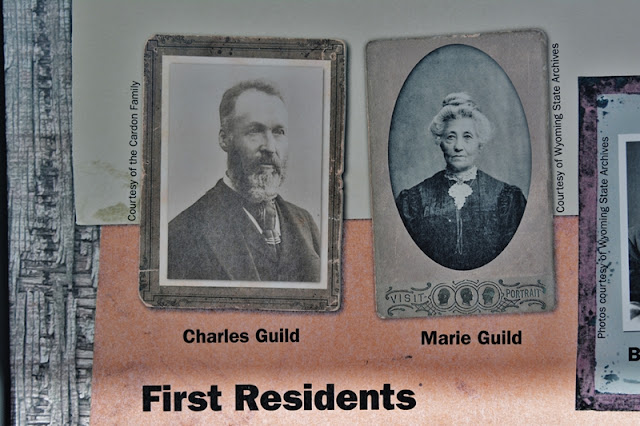.jpg)
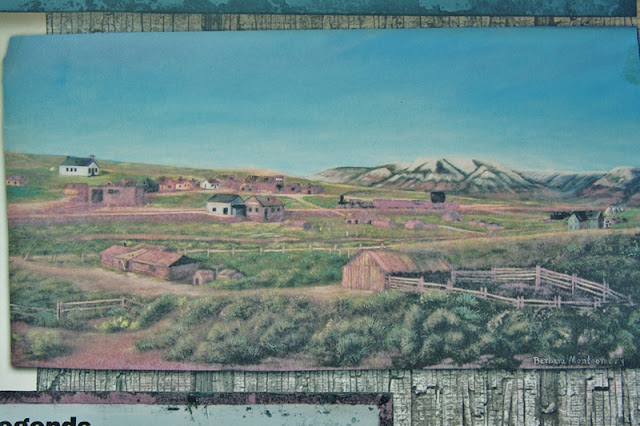.jpg)
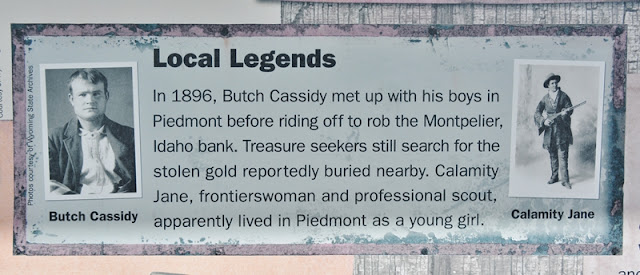.jpg)
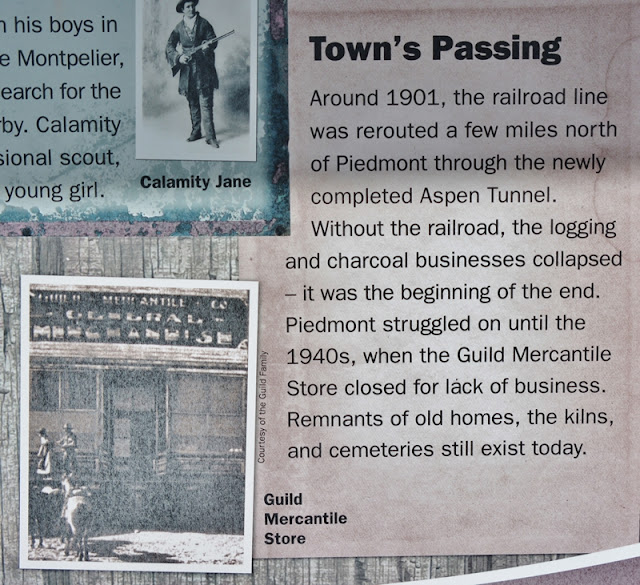.jpg)
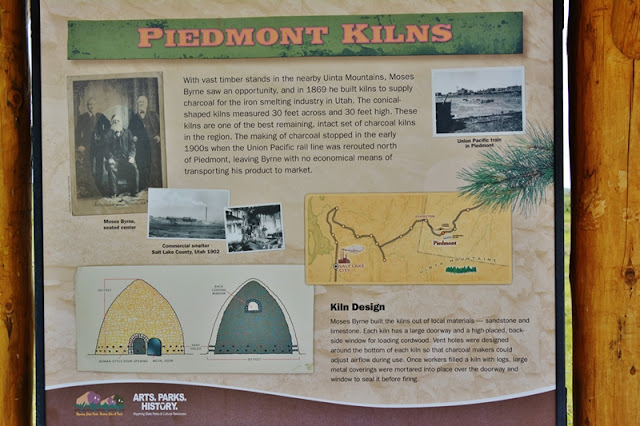.jpg)
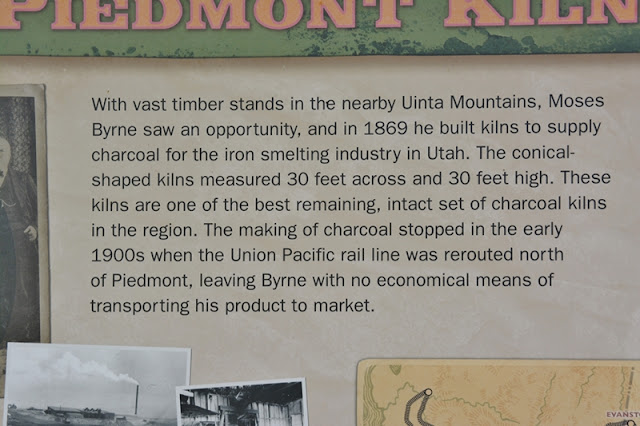.jpg)
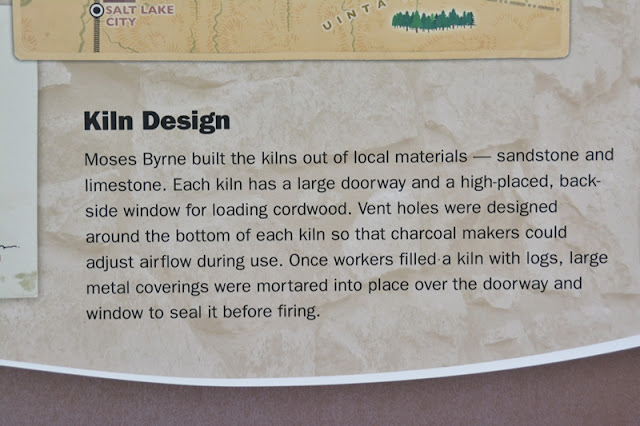.jpg)
.jpg)
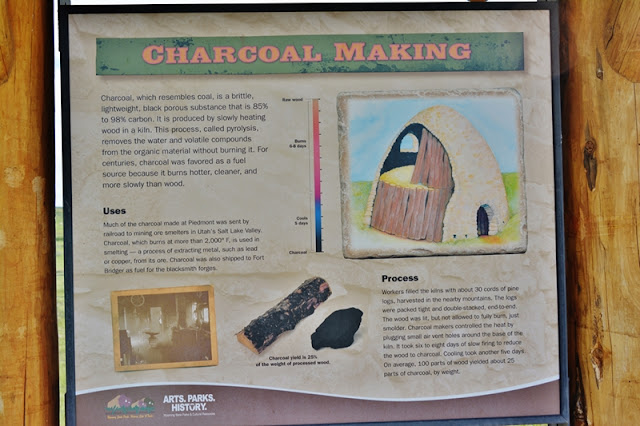.jpg)
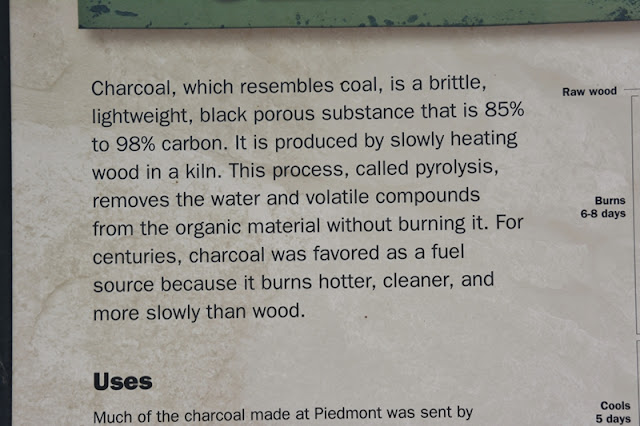.jpg)
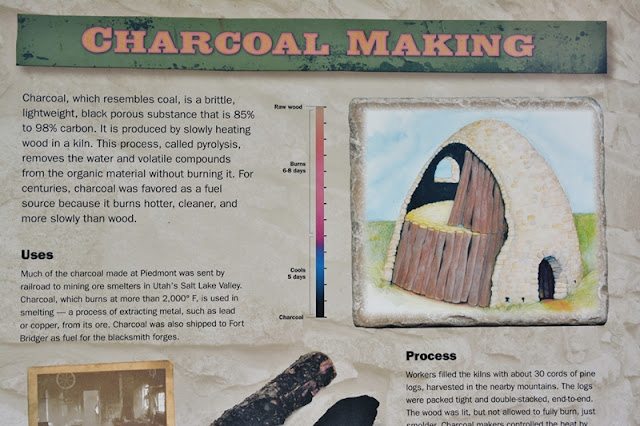.jpg)
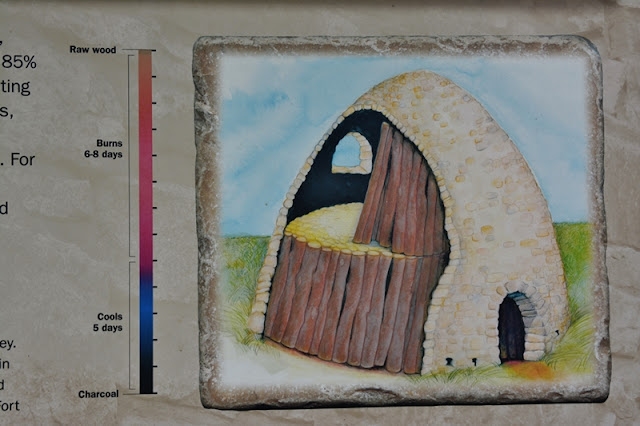.jpg)
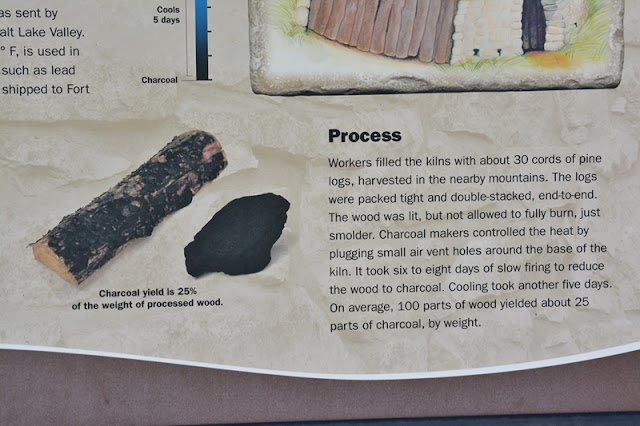.jpg)
.jpg)
.jpg)
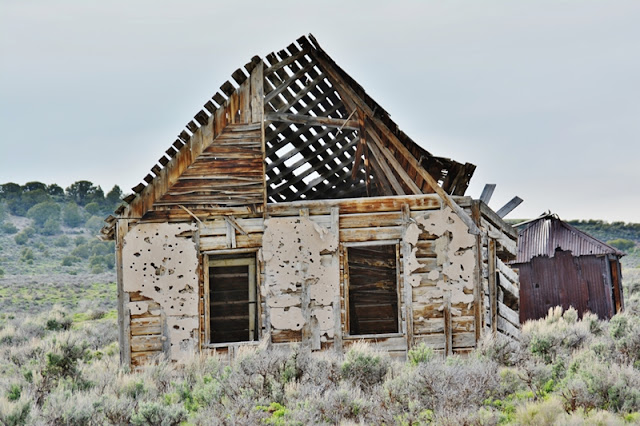.jpg)
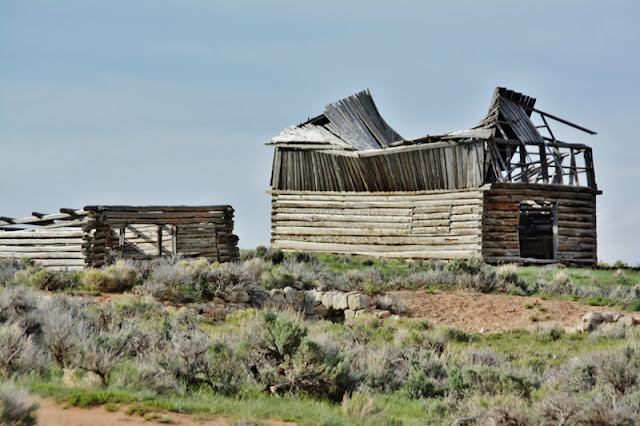.jpg)
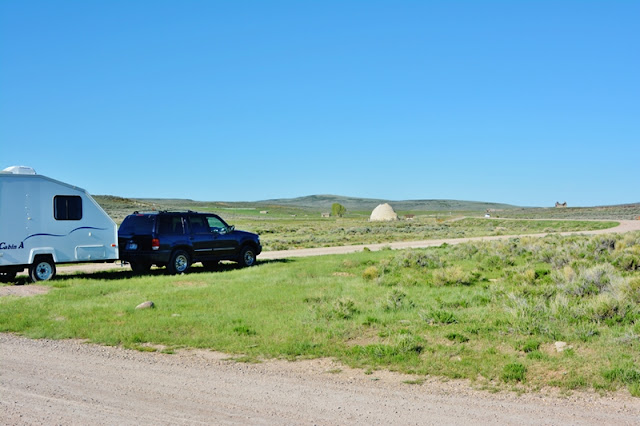.jpg)
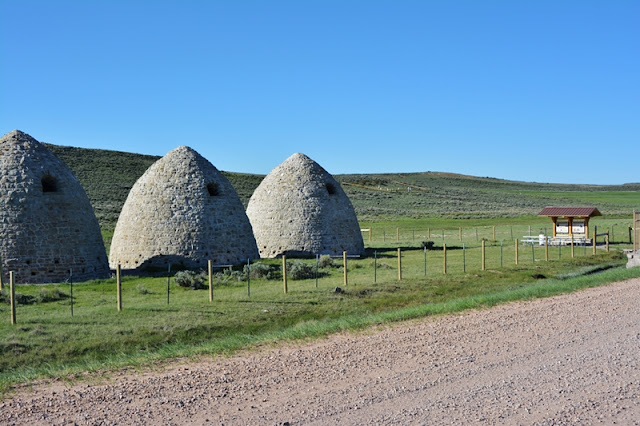.jpg)





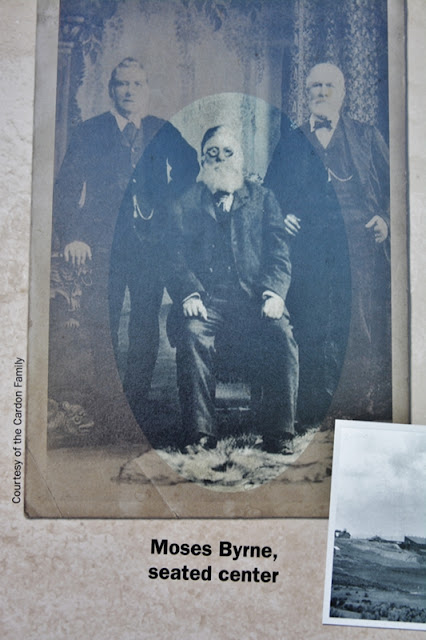.jpg)
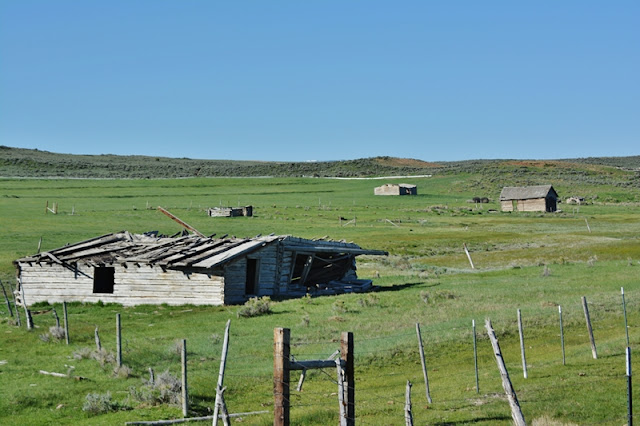.jpg)
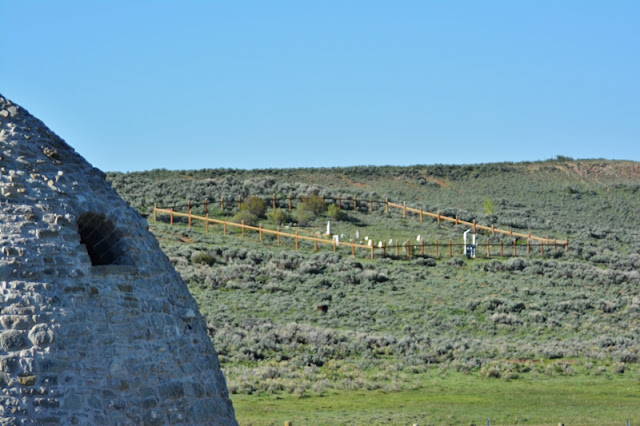.jpg)
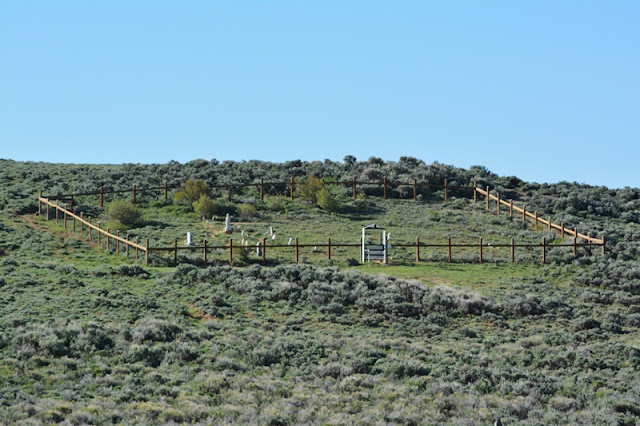.jpg)
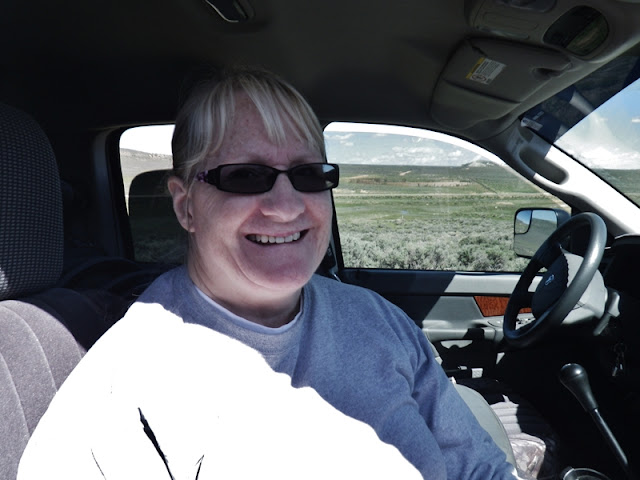.jpg)
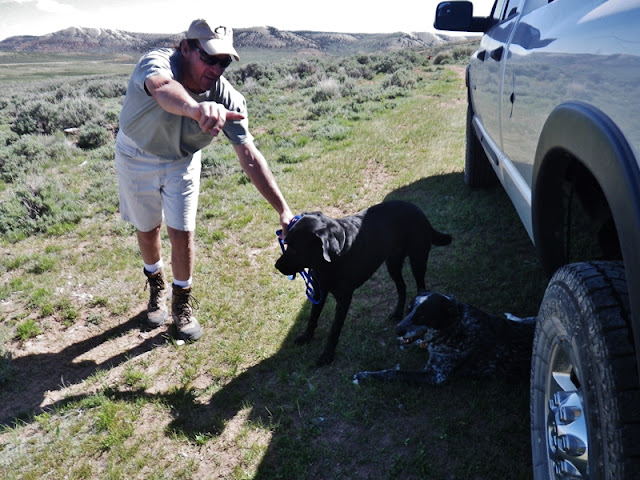.jpg)
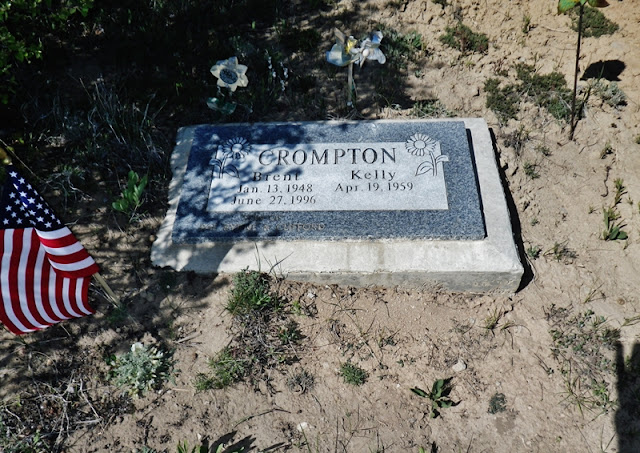.jpg)
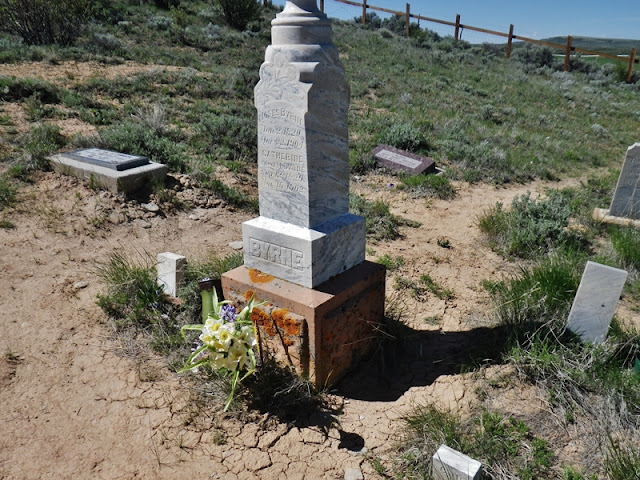.jpg)
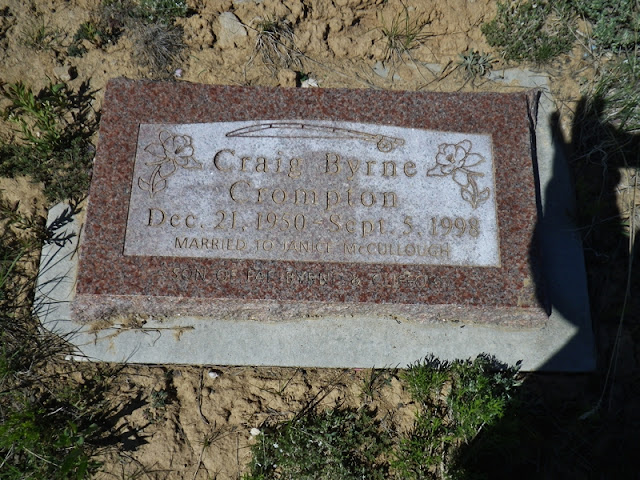.jpg)
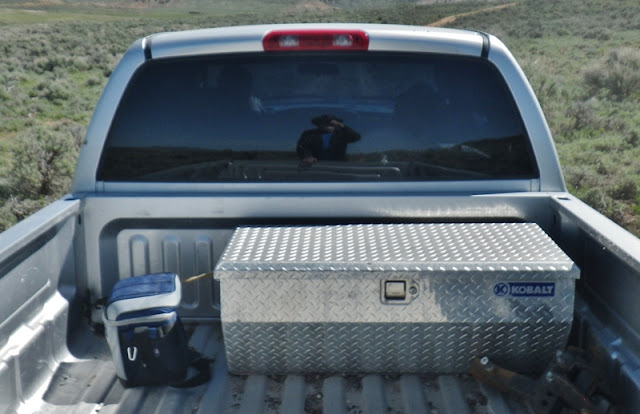.jpg)
.jpg)
.jpg)
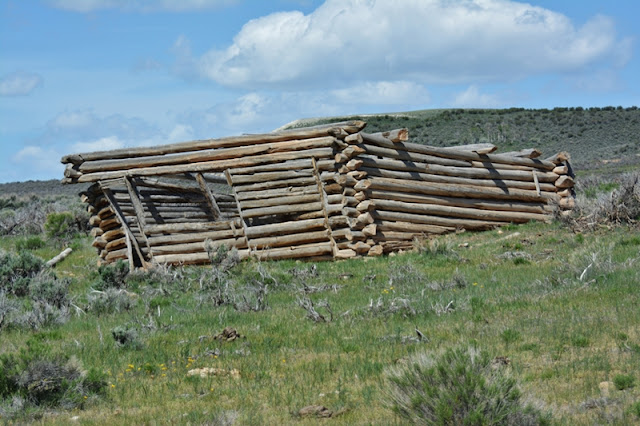.jpg)
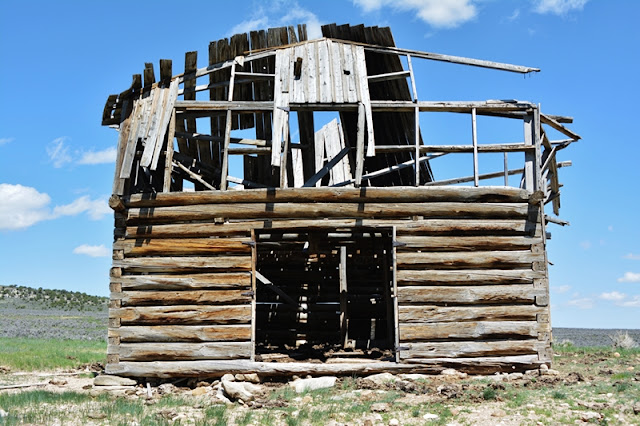.jpg)
.jpg)
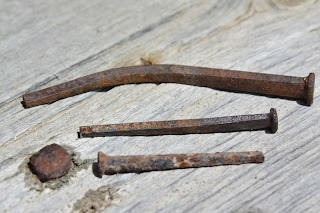.jpg)
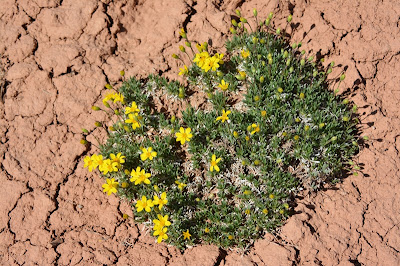.jpg)
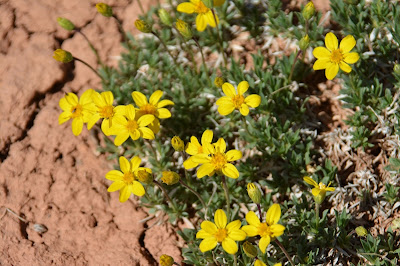.jpg)

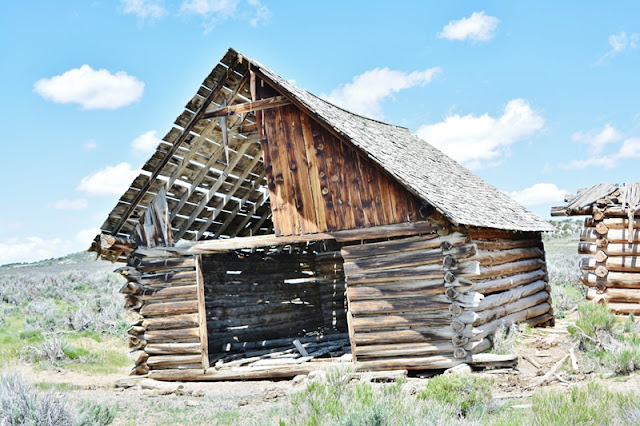.jpg)
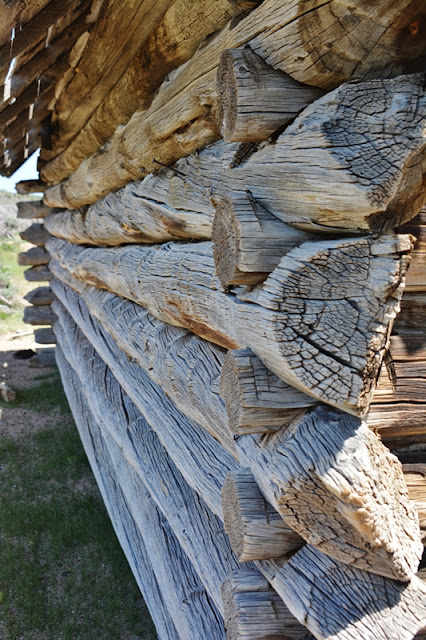.jpg)
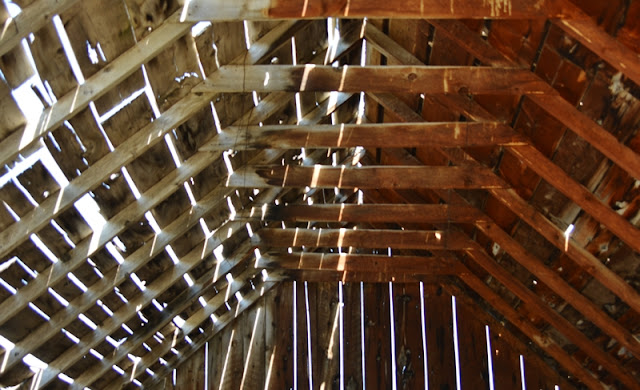.jpg)
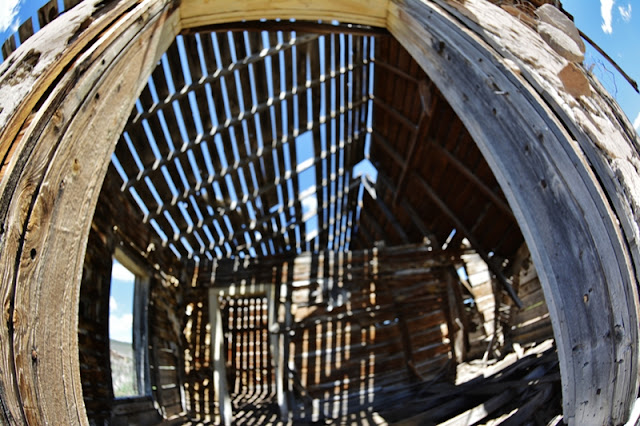.jpg)
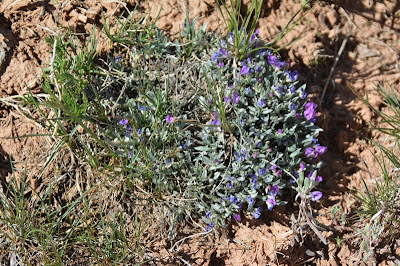.jpg)
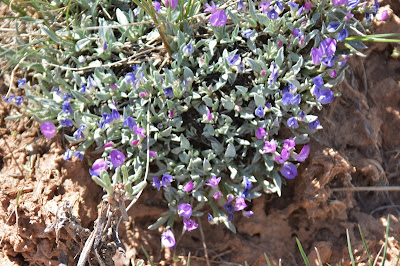.jpg)
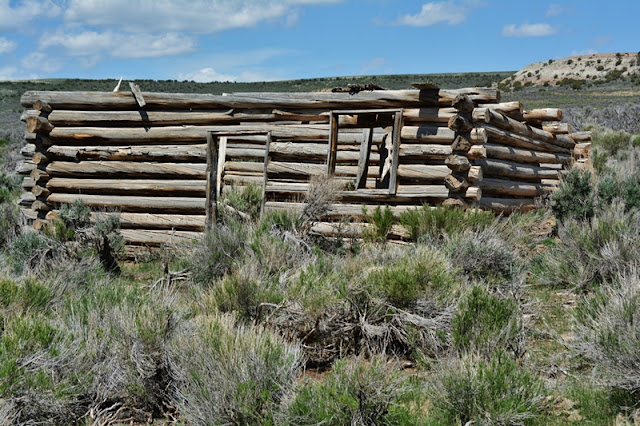.jpg)
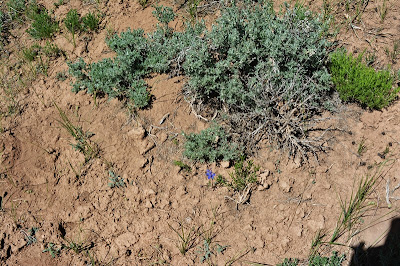.jpg)
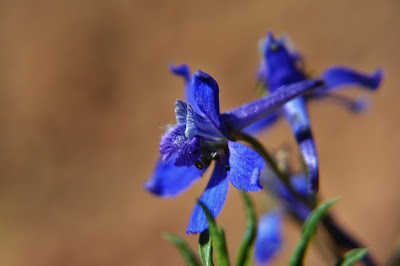.jpg)
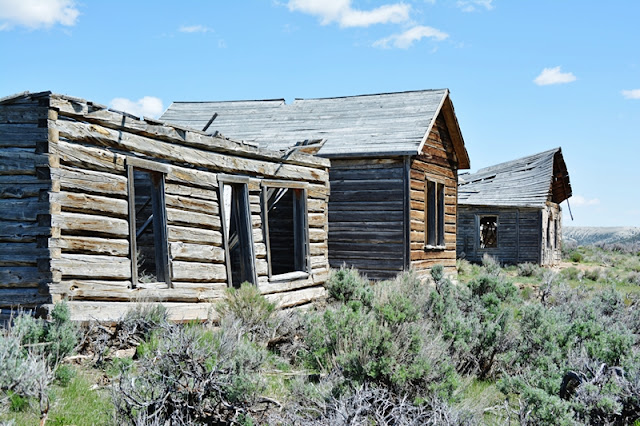.jpg)
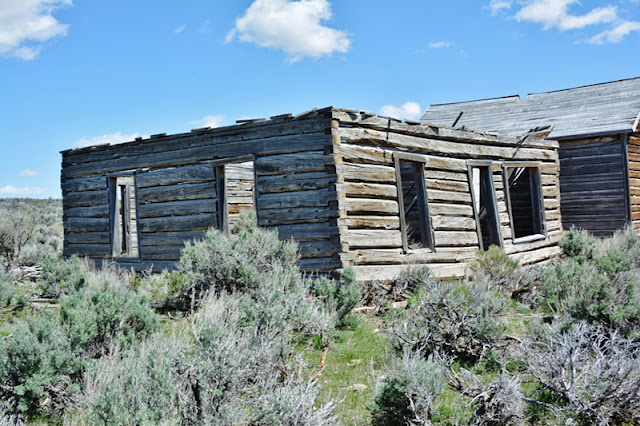.jpg)
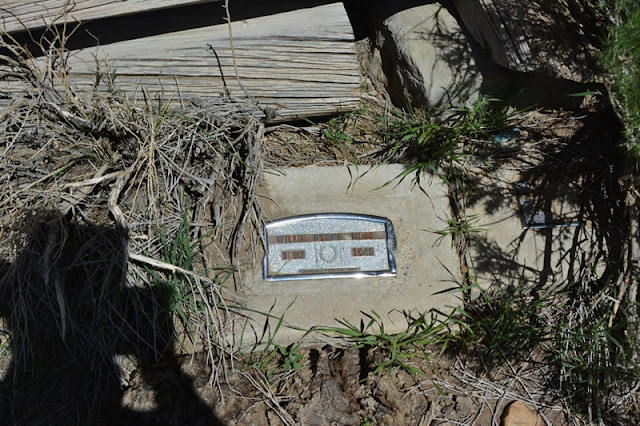.jpg)
.jpg)
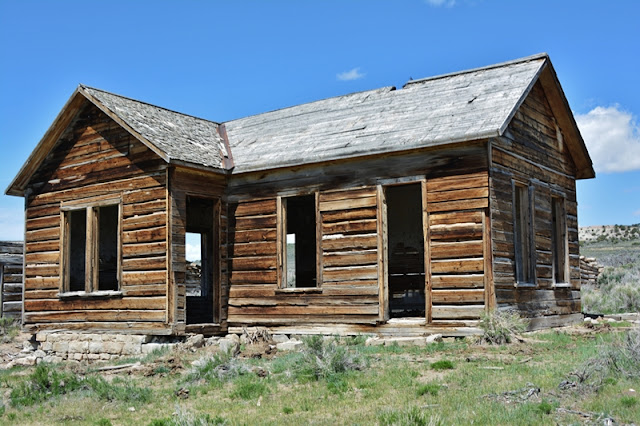.jpg)
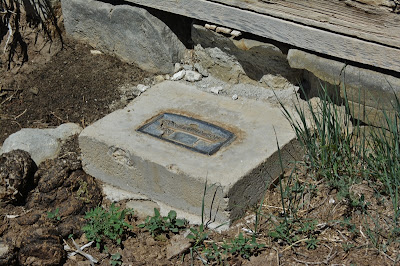.jpg)
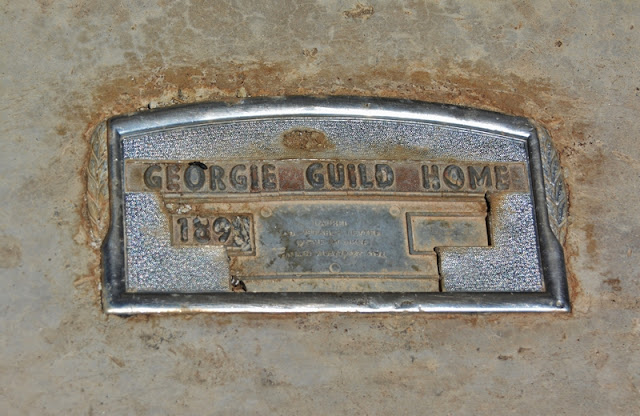.jpg)
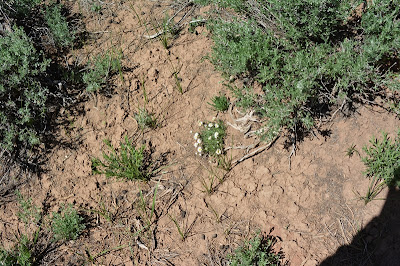.jpg)
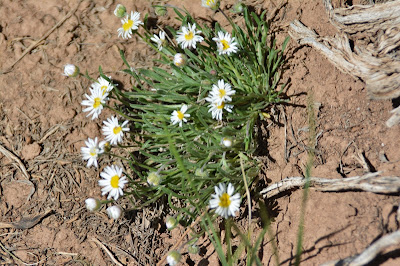.jpg)
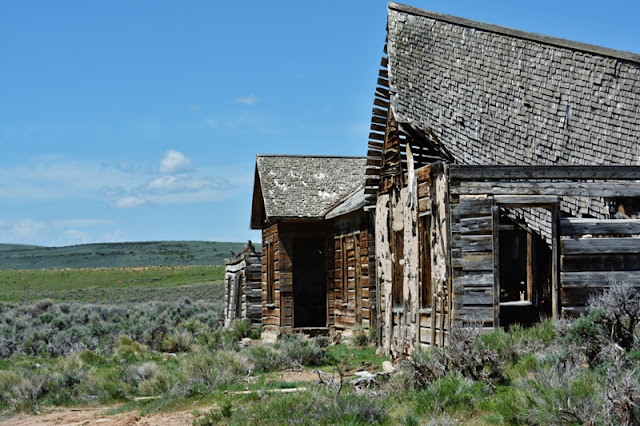.jpg)
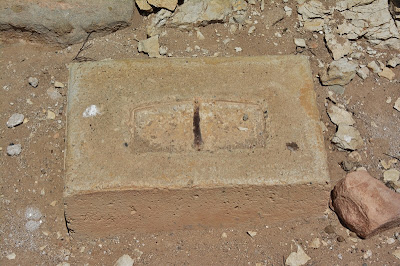.jpg)
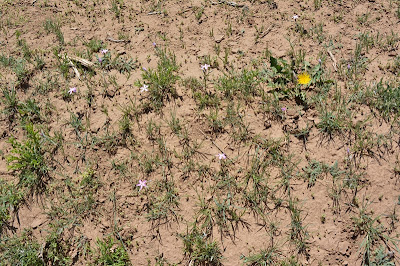.jpg)
.jpg)
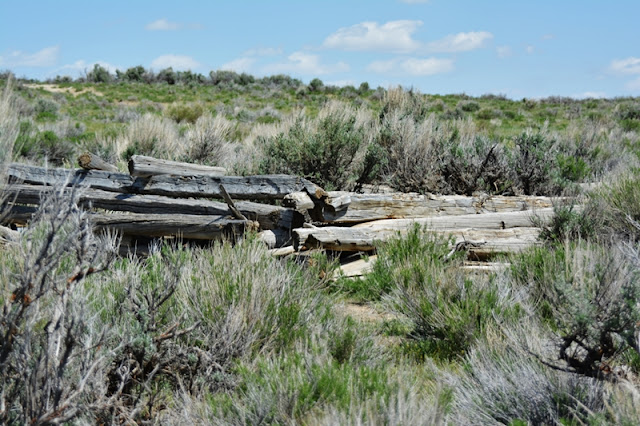.jpg)
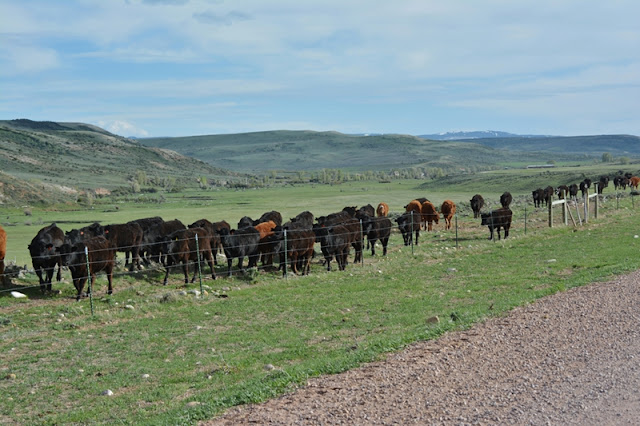.jpg)
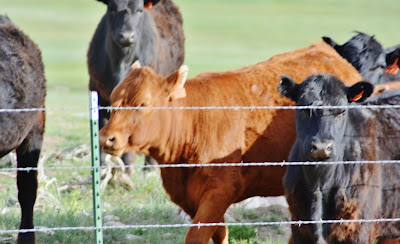.jpg)

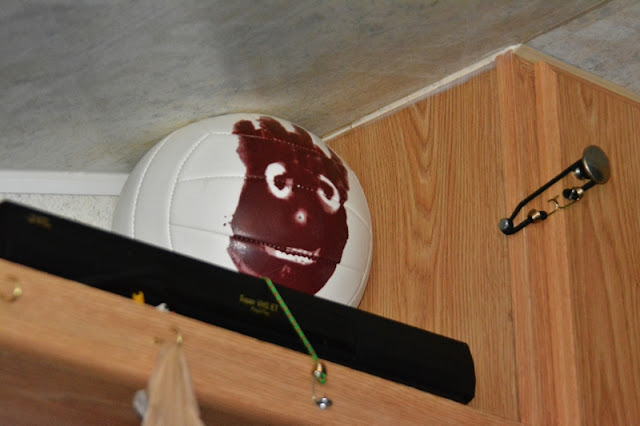.jpg)





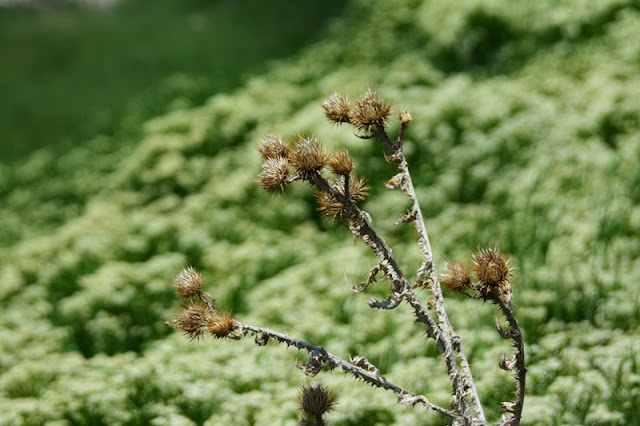
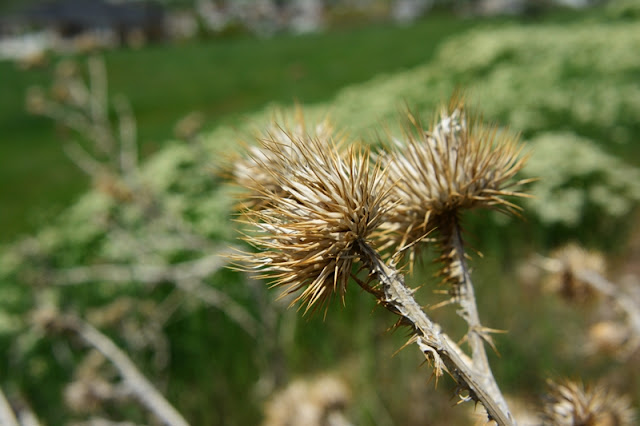
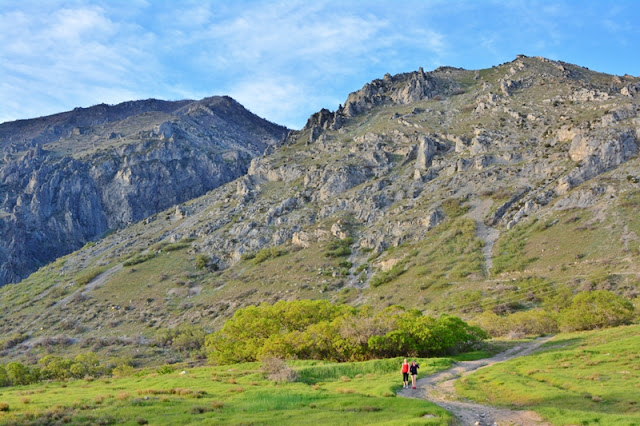.jpg)

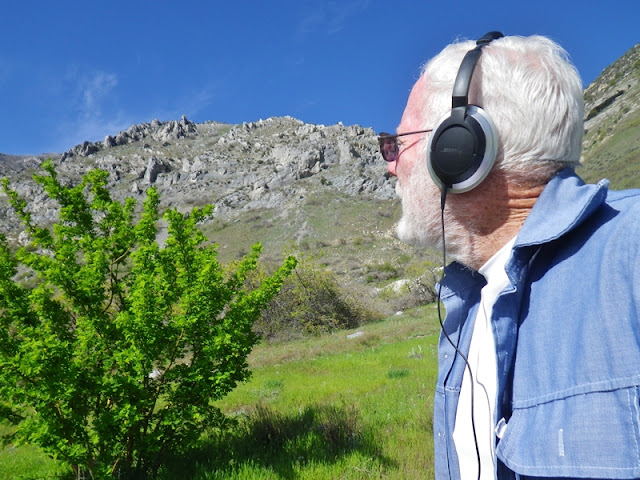
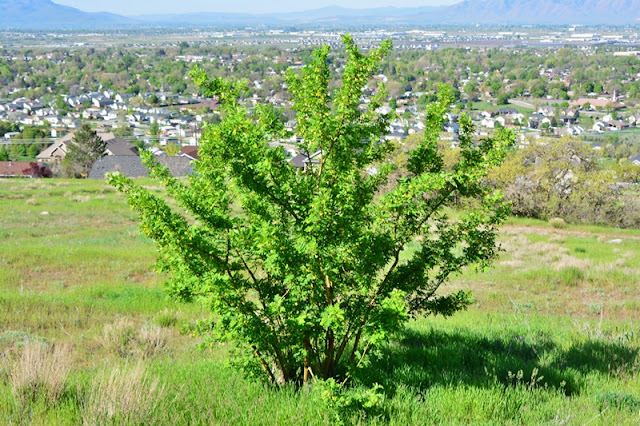.jpg)
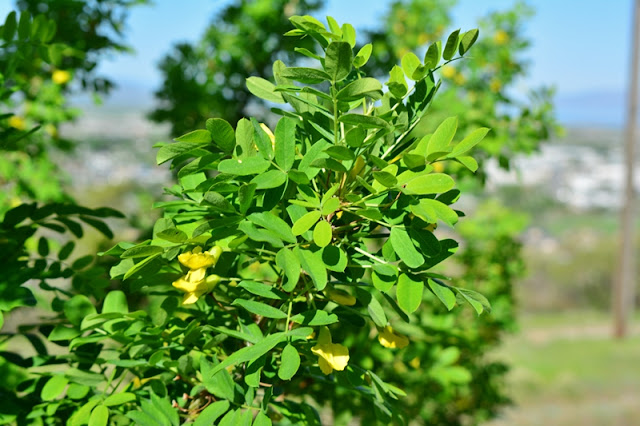.jpg)
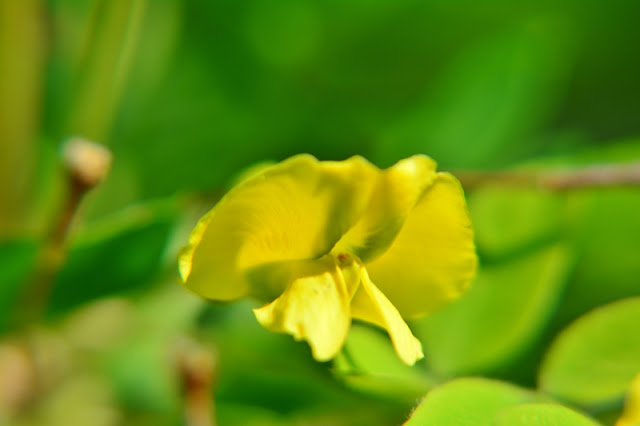.jpg)
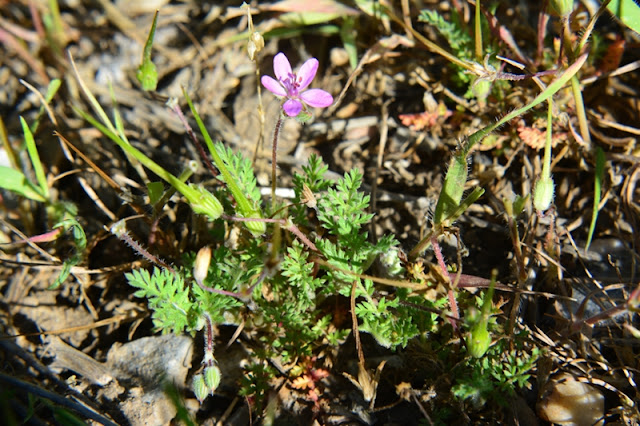.jpg)
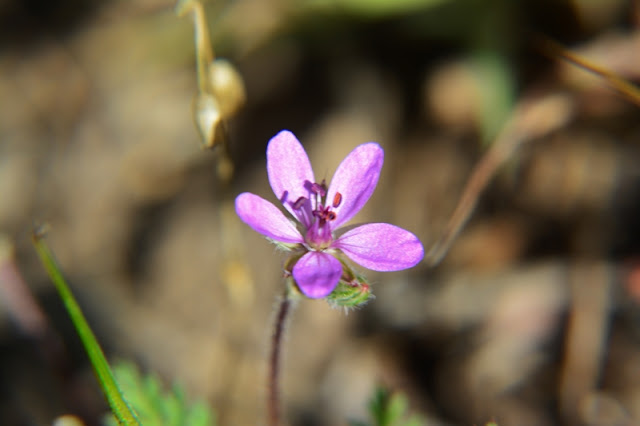.jpg)
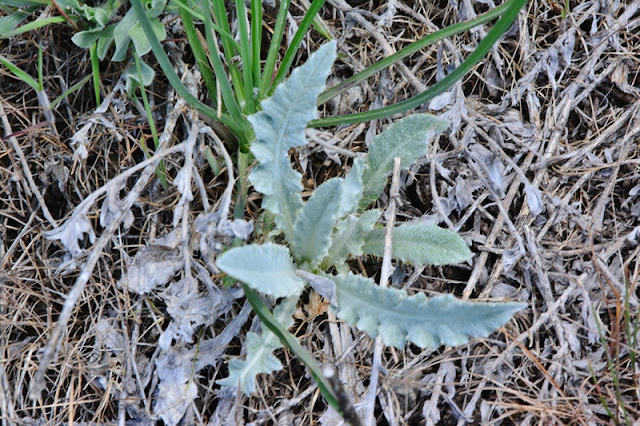


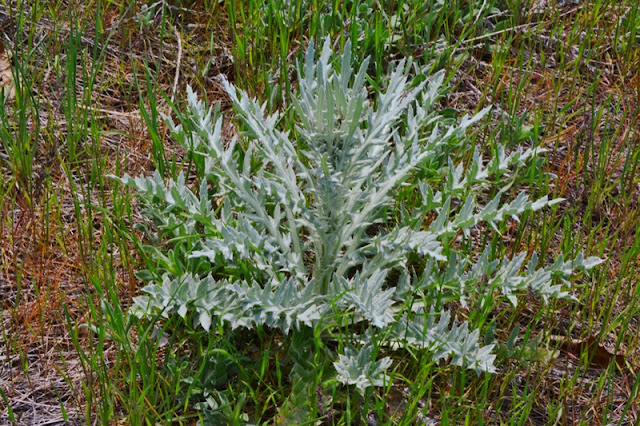

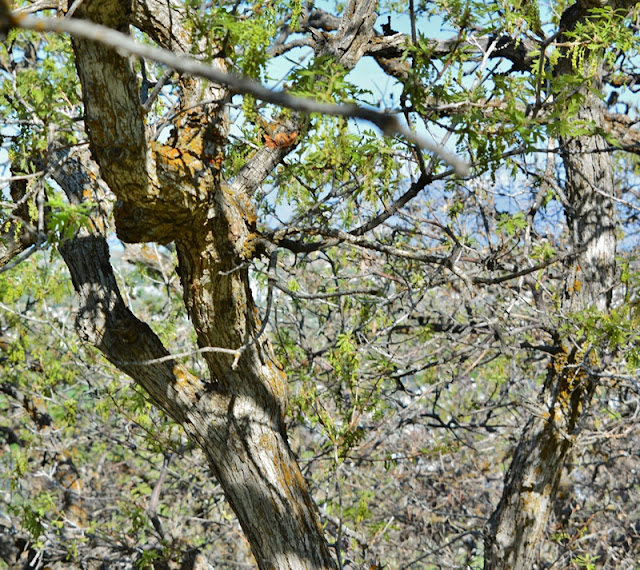
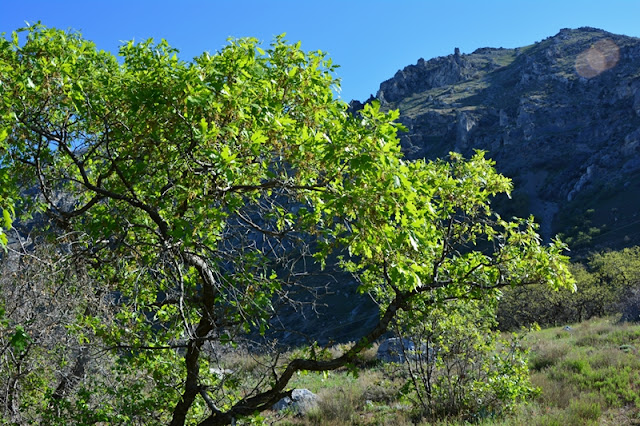.jpg)
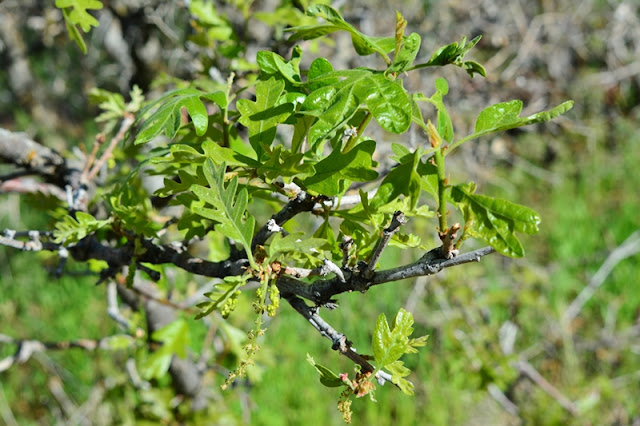.jpg)


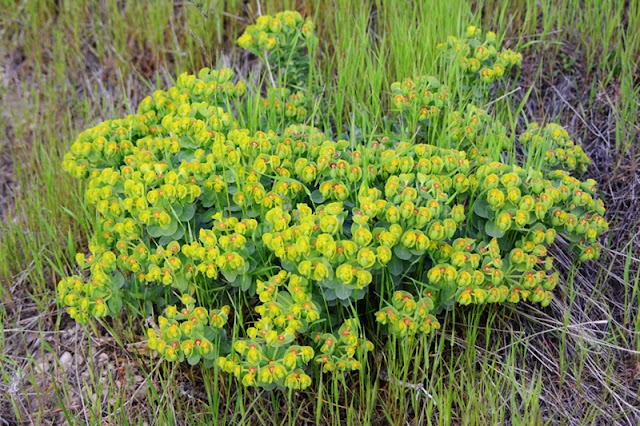.jpg)
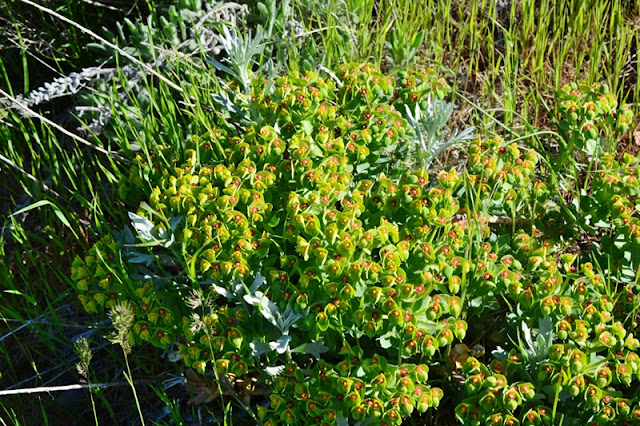.jpg)


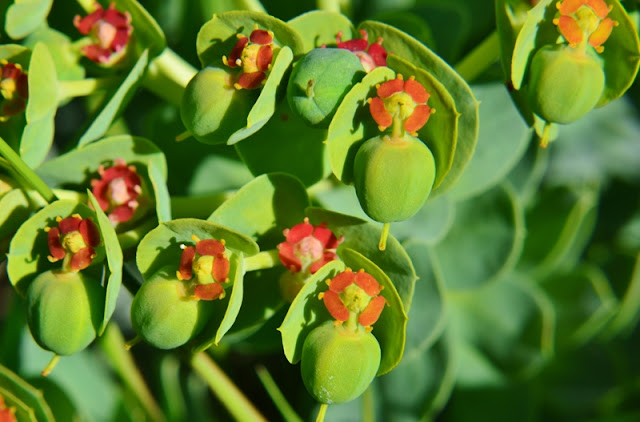.jpg)
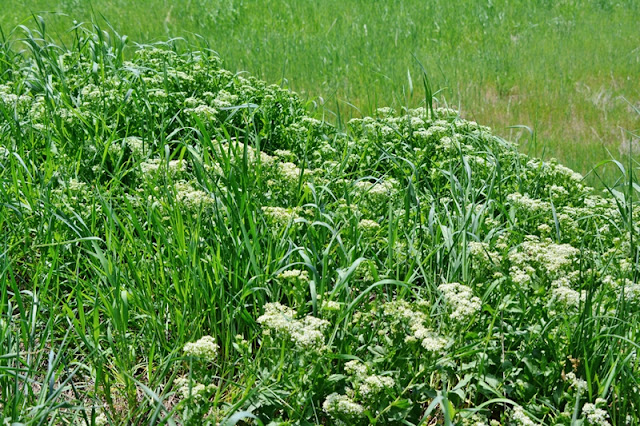
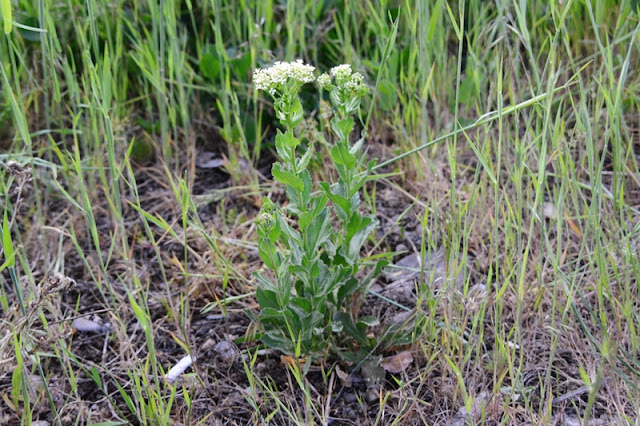.jpg)


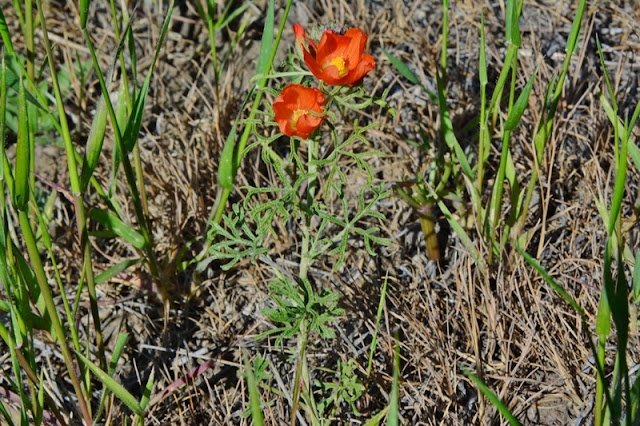.jpg)
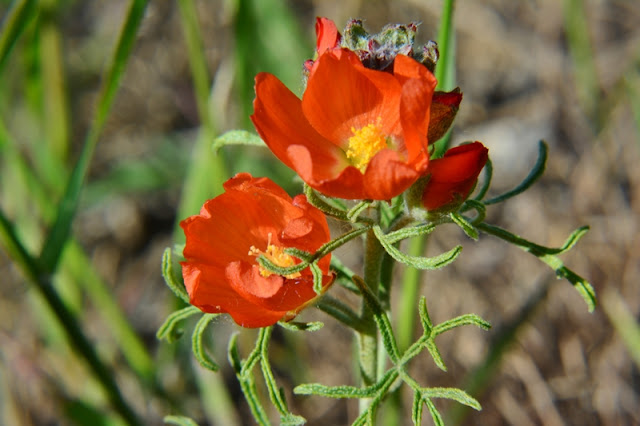.jpg)


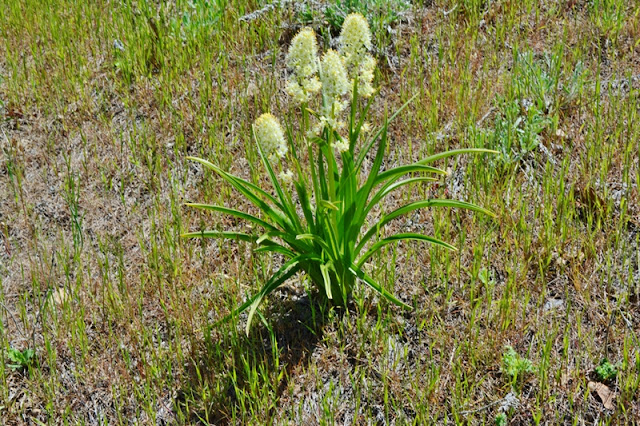


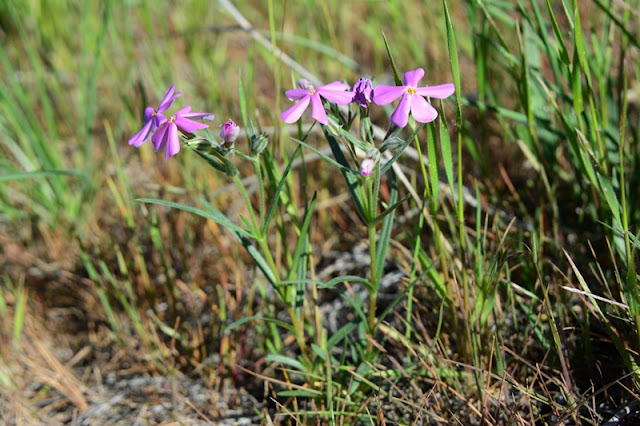.jpg)
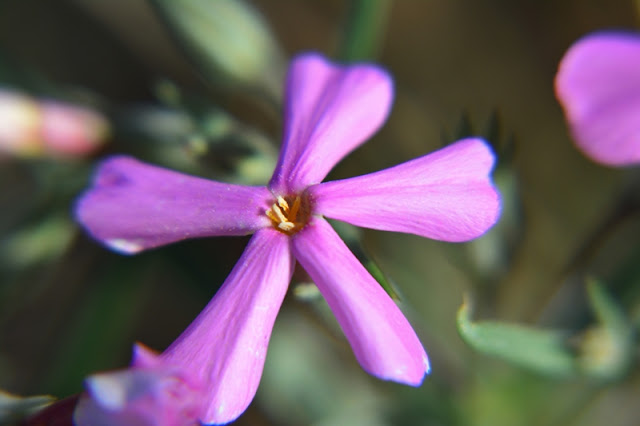.jpg)

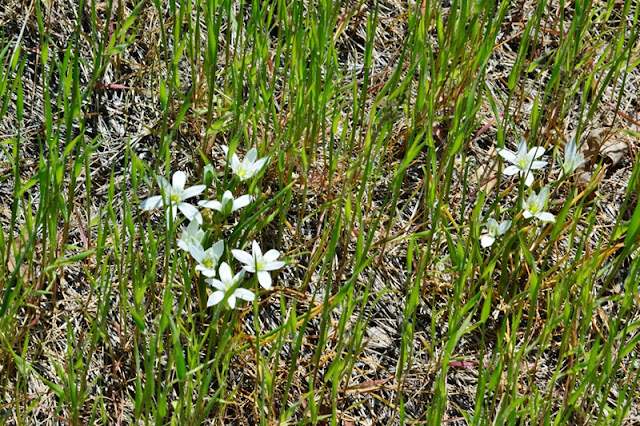
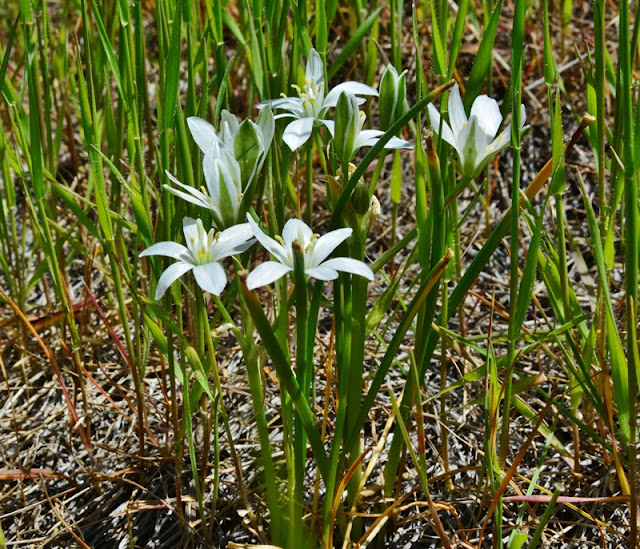


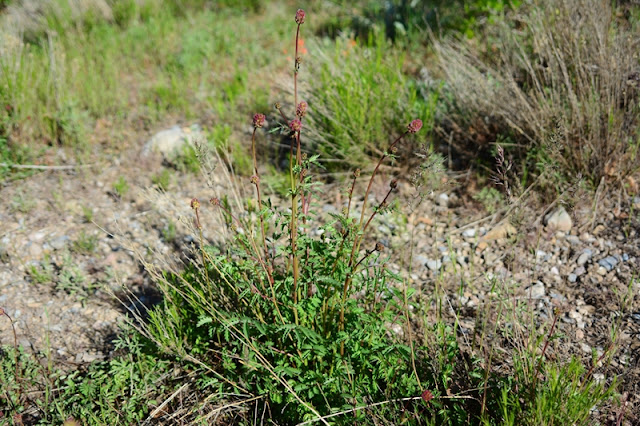.jpg)
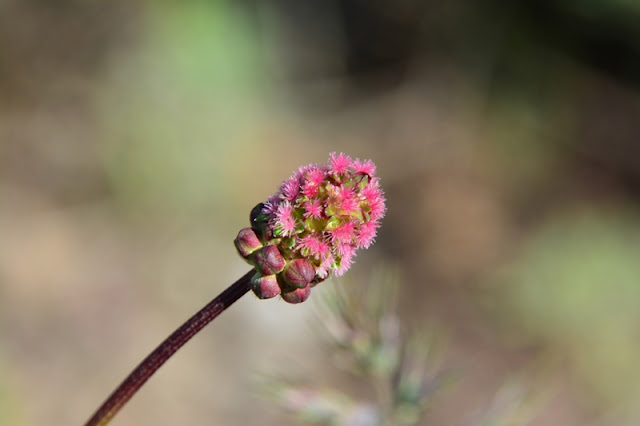.jpg)
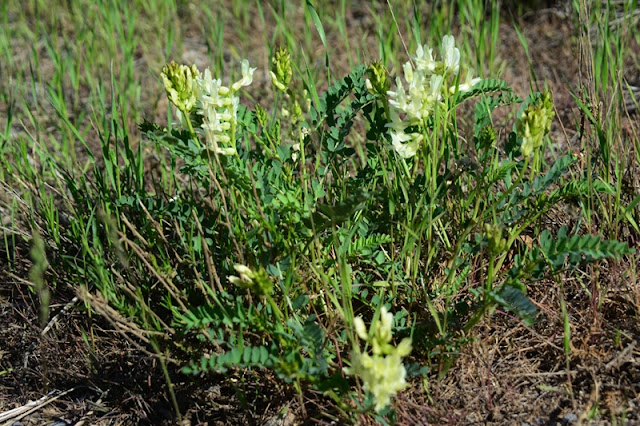.jpg)
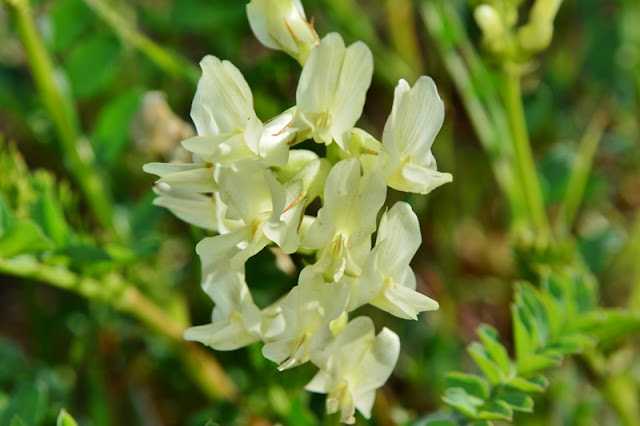.jpg)




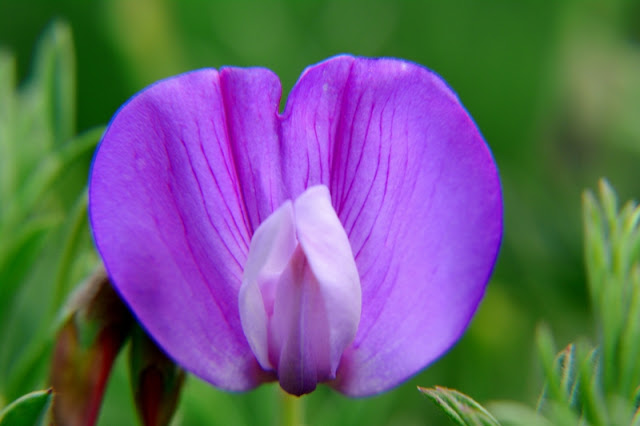
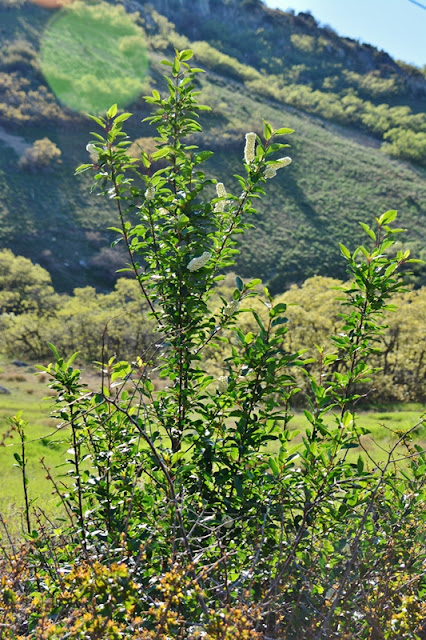.jpg)
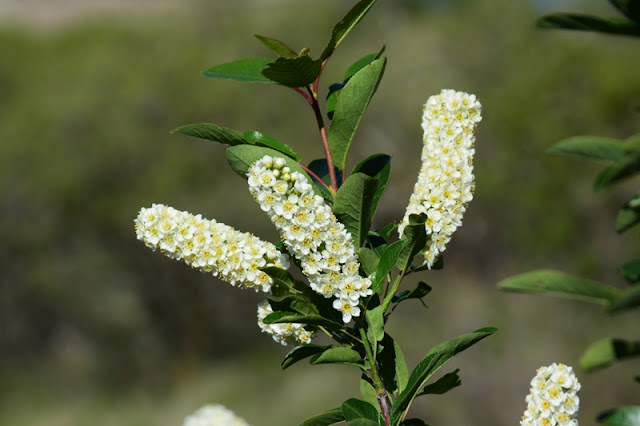.jpg)
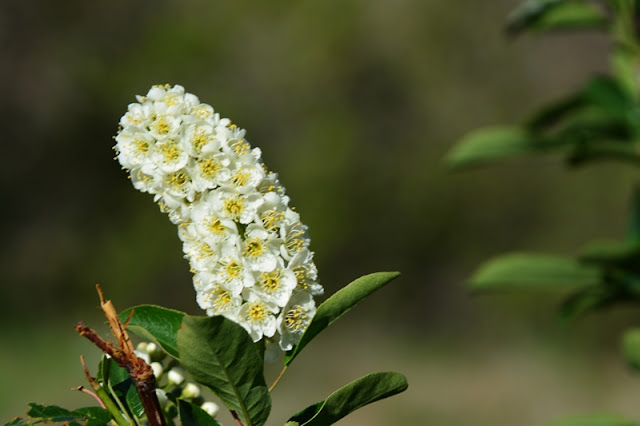.jpg)
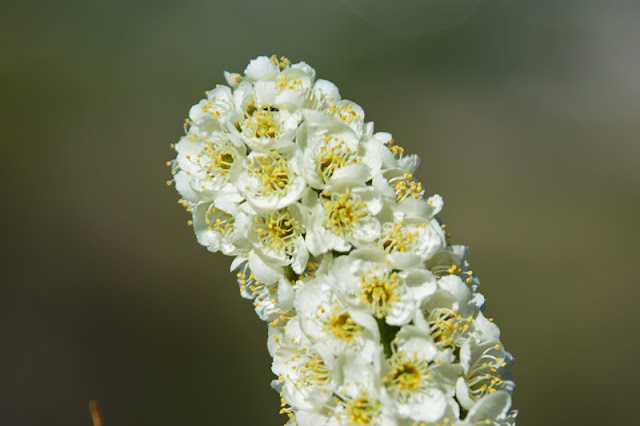.jpg)

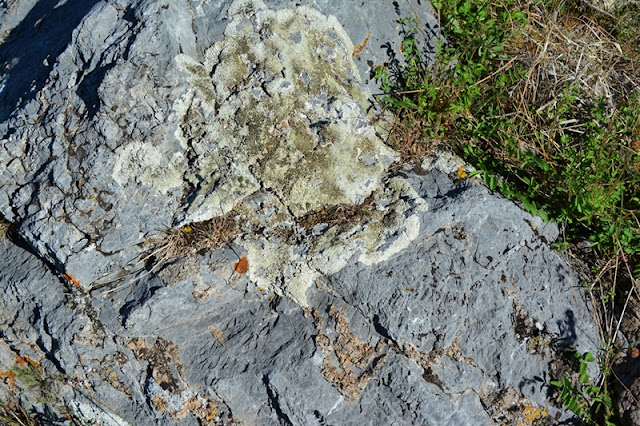.jpg)
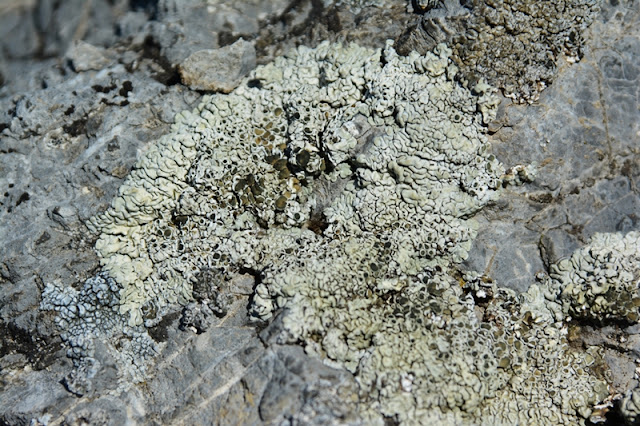.jpg)
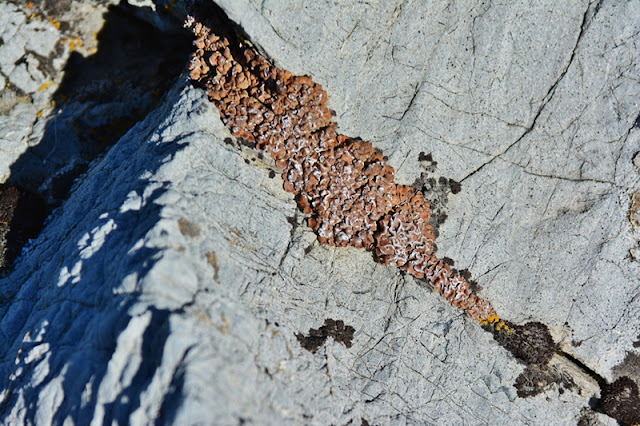.jpg)
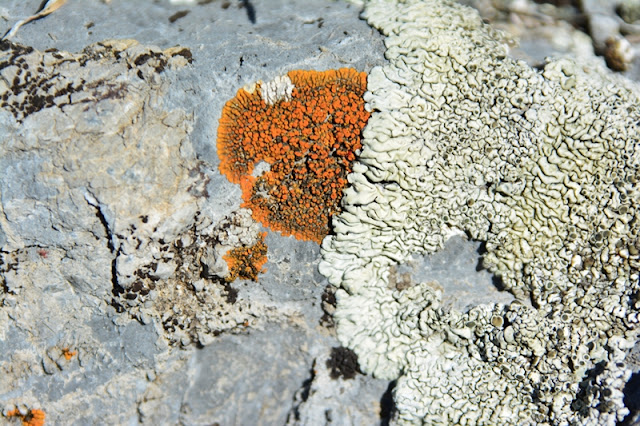.jpg)
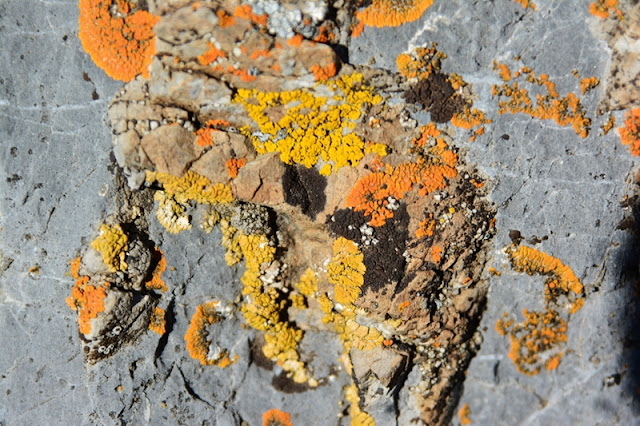.jpg)
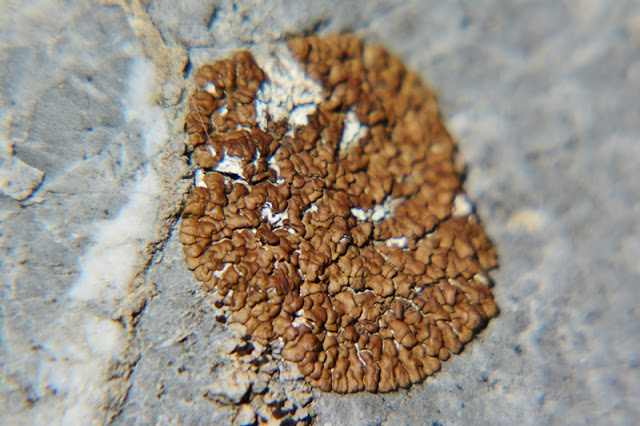.jpg)
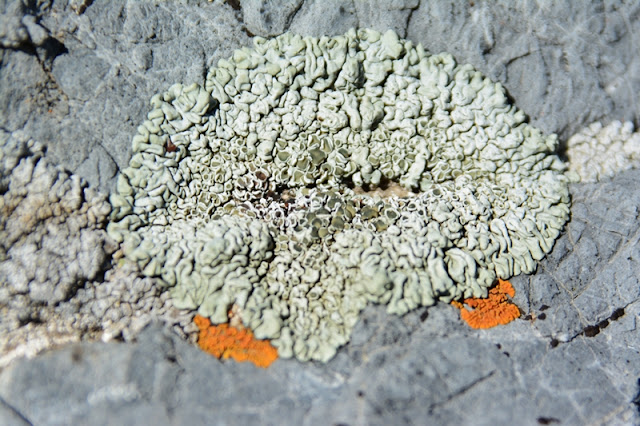.jpg)

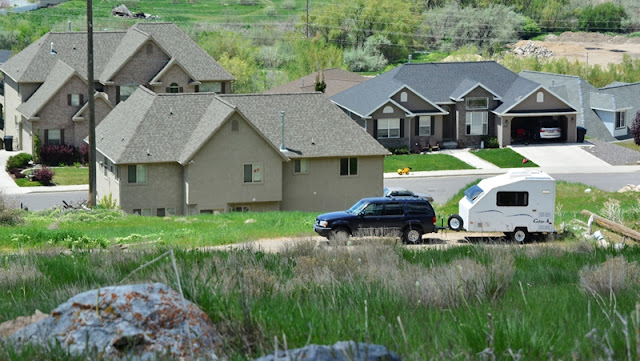
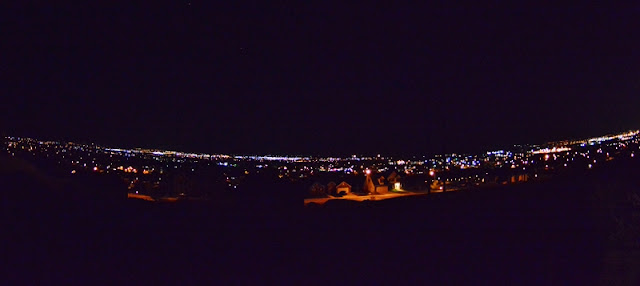.jpg)
